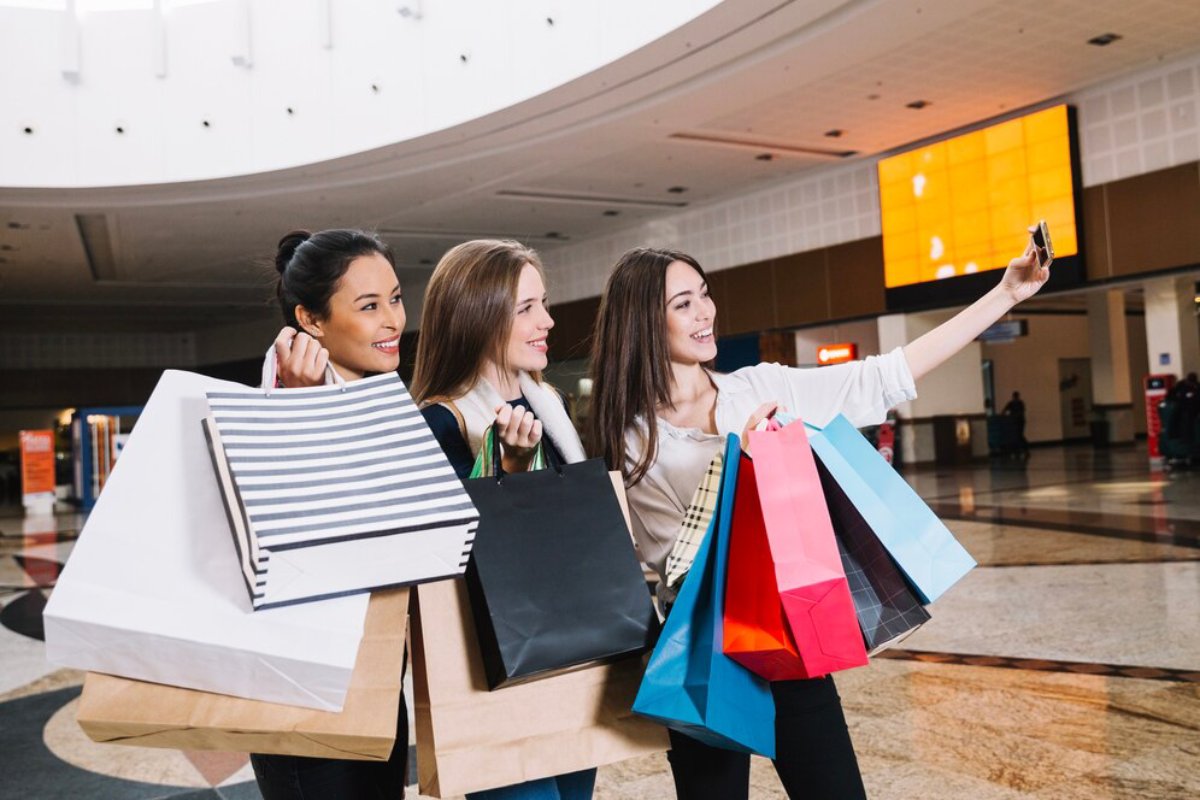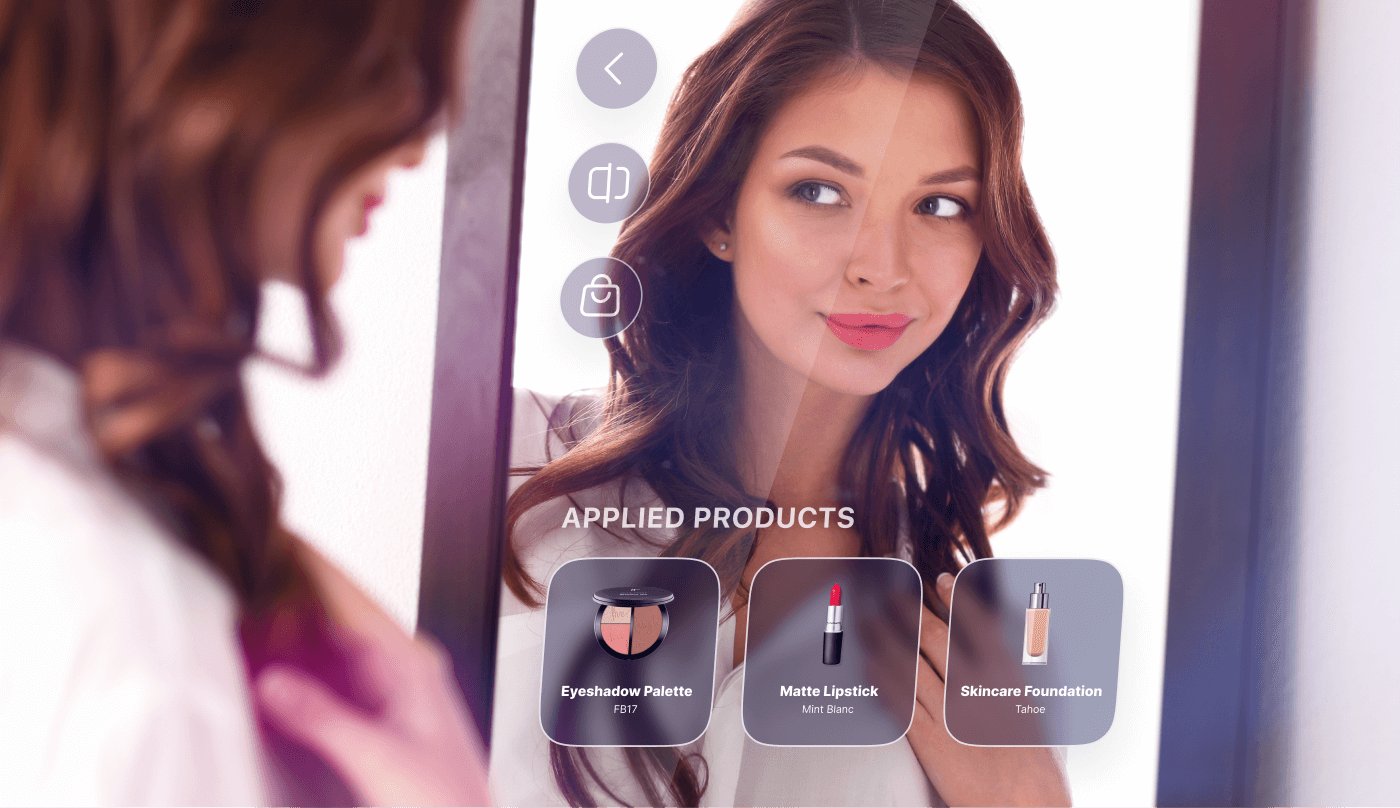
How to Personalise the Retail Shopping Experience
Today’s digital world means consumers want personalised retail marketing. They expect brands to match their unique preferences and shopping habits. Thanks to AI advancements, retailers can now offer hyper-personalization. They offer tailored product suggestions, special deals, and a smooth shopping experience everywhere.
Personalization boosts customer satisfaction. It also raises engagement, conversion rates, and brand loyalty. This guide looks at how retailers can personalize shopping. It focuses on using AI, big data, and omnichannel marketing.
Quick Guide: How to Personalise the Retail Shopping Experience
- Key Personalisation Strategies:
- AI-powered product recommendations based on customer preferences and purchase history.
- Hyper-personalised marketing campaigns using targeted emails, SMS, and geolocation data.
- Omnichannel personalisation that syncs customer experiences across online and in-store platforms.
- Smart fitting rooms, AR shopping, and voice commerce for interactive and tailored experiences.
- Benefits for Retailers and Consumers:
- Retailers gain higher sales, increased customer retention, and better inventory management.
- Consumers enjoy tailored shopping experiences, exclusive rewards, and product suggestions that match their needs.
- Future Trends in Personalised Retail:
- Blockchain for secure data handling in personalised experiences.
- Metaverse-powered virtual shopping with AI avatars for tailored assistance.
- AI-driven predictive shopping and automated restocking of essentials.
Pro Tip:
Leverage AI-powered dynamic pricing to offer personalised discounts based on real-time demand and customer behaviour. This increases the likelihood of conversions and encourages repeat purchases.
Important Tip:
Ensure seamless personalisation across all channels. Syncing customer preferences and purchase history between online platforms, mobile apps, and physical stores creates a cohesive and consistent shopping experience.
Why Personalisation is Crucial in Retail
1. Enhances Customer Experience
- Personalised experiences make shopping more relevant and enjoyable.
- AI-driven suggestions help customers discover products that match their needs.
- Creates a sense of connection between the customer and the brand.
- Reduces decision fatigue by offering curated product selections.
2. Boosts Sales and Conversions
- Personalised product recommendations account for 35% of Amazon’s revenue.
- Dynamic pricing strategies increase purchase likelihood by offering real-time discounts.
- Tailored promotions encourage impulse buying and repeat purchases.
- Brands using hyper-personalisation see up to 20% higher customer engagement.
3. Increases Customer Loyalty and Retention
- Shoppers are 80% more likely to buy from brands that offer personalised experiences.
- Loyalty programs based on AI-driven insights encourage repeat business.
- Personalised post-purchase follow-ups strengthen long-term relationships.
- Subscription-based personalisation models (e.g., Stitch Fix) keep customers engaged.
4. Provides Valuable Consumer Insights
- Retailers can track shopping behaviour and preferences for better inventory management.
- Data-driven personalisation helps predict future shopping trends.
- AI-powered analytics enable highly targeted marketing campaigns.
- Helps retailers optimise their product mix based on demand forecasting.
Key Strategies for Personalised Retail Experiences

1. AI-Driven Product Recommendations
- Use machine learning algorithms to analyse browsing and purchase history.
- Implement AI-powered chatbots that provide real-time personalised suggestions.
- Customise the homepage and in-app recommendations for each customer.
- Leverage predictive analytics to suggest complementary products.
2. Hyper-Personalised Marketing Campaigns
- Send AI-powered targeted emails and SMS based on shopping history.
- Create personalised retargeting ads for cart abandoners.
- Use geolocation data to send in-store exclusive promotions.
- Personalised push notifications drive mobile shopping engagement.
3. Loyalty Programs with Personalised Rewards
- Offer dynamic rewards based on individual shopping habits.
- Provide personalised birthday discounts and VIP member benefits.
- Implement gamified loyalty programs that incentivise engagement.
- Reward frequent customers with AI-powered exclusive deals.
4. Omnichannel Personalisation
- Ensure customer preferences sync across online and offline channels.
- Personalised mobile app notifications drive in-store and online engagement.
- Create seamless shopping journeys from social media to checkout.
- Implement AI-driven personalisation in in-store kiosks.
5. Smart Fitting Rooms and AR Shopping
- Use AI-powered smart mirrors to suggest outfit combinations.
- Implement Augmented Reality (AR) apps for virtual try-ons.
- Offer personalised style recommendations based on body shape and preferences.
- Allow customers to scan QR codes for instant product details and size recommendations.
6. Voice Commerce and Conversational AI
- Integrate voice assistants like Alexa and Google Assistant for voice-enabled shopping.
- AI-powered conversational bots provide shopping assistance 24/7.
- Enable hands-free product searches with voice-activated technology.
- Personalised voice-based recommendations enhance shopping convenience.
7. Personalised Checkout and Payment Options
- Offer customised payment plans, including BNPL (Buy Now, Pay Later).
- Implement frictionless checkout with saved payment preferences.
- Personalised one-click checkout options improve convenience.
- AI-powered fraud detection ensures secure and seamless transactions.
8. AI-Powered Inventory and Pricing Strategies
- Dynamic pricing algorithms adjust discounts based on real-time demand.
- Predictive analytics ensure popular products remain in stock.
- Personalised promotions increase urgency and encourage purchases.
- AI-driven demand forecasting optimises supply chain efficiency.
Future Trends in Retail Personalisation

1. Blockchain for Secure Personalisation
- Enhances data privacy while maintaining personalised experiences.
- Securely stores customer preferences without compromising sensitive data.
- Ensures transparent and tamper-proof loyalty programs.
2. Metaverse and Virtual Shopping
- Virtual stores will offer fully immersive personalised shopping.
- AI avatars will assist customers in a metaverse-powered retail experience.
- Shoppers will use AR and VR to interact with products before purchasing.
3. AI-Powered Emotion Detection
- AI will analyse facial expressions and voice tone. It will adjust recommendations in real-time.
- Emotional AI will provide tailored customer service responses.
- Brands will use sentiment analysis to predict customer satisfaction and improve experiences.
4. Sustainability-Driven Personalisation
- Brands will offer personalised sustainability scores and eco-friendly shopping suggestions.
- AI will recommend products based on ethical sourcing and carbon footprint.
- Sustainable packaging and waste reduction initiatives will be integrated into personalised marketing.
5. AI-Driven Predictive Shopping
- AI will predict when customers need to reorder essentials and offer automated restocking.
- Subscription-based services will personalise product deliveries based on past usage.
- Smart refrigerators and IoT-connected devices will suggest personalised grocery lists.
Case Studies: Brands Leading in Personalised Retail

1. Amazon: AI-Powered Personalisation
- Uses AI-driven algorithms for product recommendations and dynamic pricing.
- Predicts customer needs based on browsing and purchase history.
- Personalised promotions and real-time product suggestions increase sales.
2. Sephora: Beauty Personalisation with AI
- AR-powered Virtual Artist app allows users to try on makeup virtually.
- AI-driven quizzes match customers with personalised skincare recommendations.
- Personalised loyalty rewards encourage repeat purchases.
3. Nike: Hyper-Personalised Shopping Journeys
- The Nike Fit app scans foot dimensions for custom shoe recommendations.
- Personalised training plans and product recommendations based on user activity.
- Exclusive VIP rewards and member-only product launches enhance loyalty.
4. Starbucks: AI-Driven Customer Engagement
- The Starbucks app offers personalised drink suggestions based on order history.
- AI-powered rewards program provides custom offers for each user.
- Geolocation-based promotions encourage repeat store visits.
FAQs: How to Personalise the Retail Shopping Experience
- What is retail personalisation, and why is it important?
Retail personalisation is the practice of tailoring the shopping experience to individual customer preferences using data insights, AI, and automation. It improves customer satisfaction, boosts engagement, and increases sales by offering relevant product recommendations, exclusive deals, and personalised interactions. - How does AI enhance personalisation in retail?
AI analyses customer data, such as purchase history and browsing behaviour, to provide real-time product recommendations. It also powers dynamic pricing, predictive shopping, and automated marketing campaigns, making the retail experience more relevant and customised. - What are the benefits of omnichannel personalisation?
Omnichannel personalisation creates a seamless experience across physical stores, eCommerce platforms, and mobile apps. Customers enjoy consistent recommendations, promotions, and checkout options regardless of where they shop, boosting convenience and loyalty. - How do smart fitting rooms enhance the shopping experience?
Smart fitting rooms use AI and IoT technology to recognise items customers bring in. They suggest complementary products, display size availability, and offer virtual styling recommendations, making the try-on process more interactive and personalised. - How can retailers ensure data privacy while using personalisation strategies?
Retailers can use blockchain technology to securely handle customer data, ensuring privacy and transparency. They should also implement clear data policies, provide opt-in options, and comply with privacy regulations to build consumer trust.
Conclusion
The future of retail lies in AI-driven recommendations, hyper-personalisation, and omnichannel engagement. Retailers can use data insights, automation, and machine learning. This helps them create personalised experiences. These tailored experiences boost revenue and strengthen customer relationships.
Brands that focus on personalised retail marketing will boost conversions. This approach also builds brand loyalty and leads to long-term success. Retailers need to adapt as consumer expectations change. They must innovate and use new personalisation strategies. This is key to staying competitive in today’s digital retail world.


